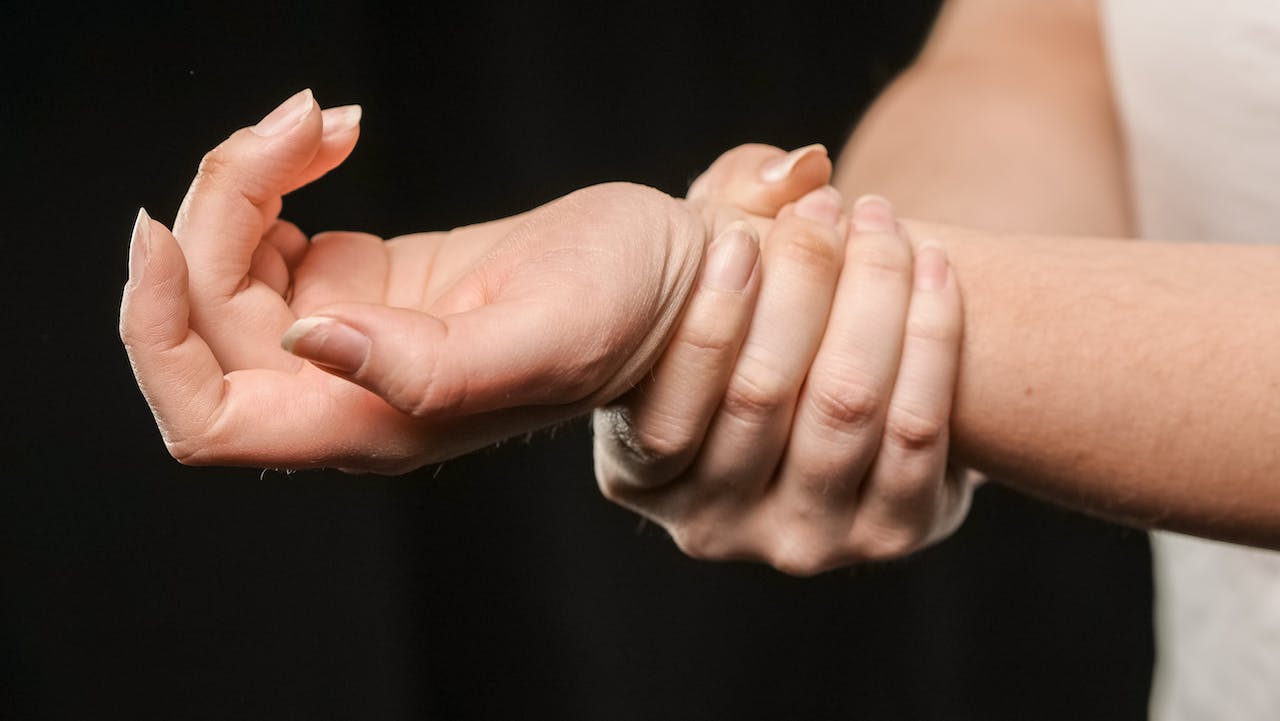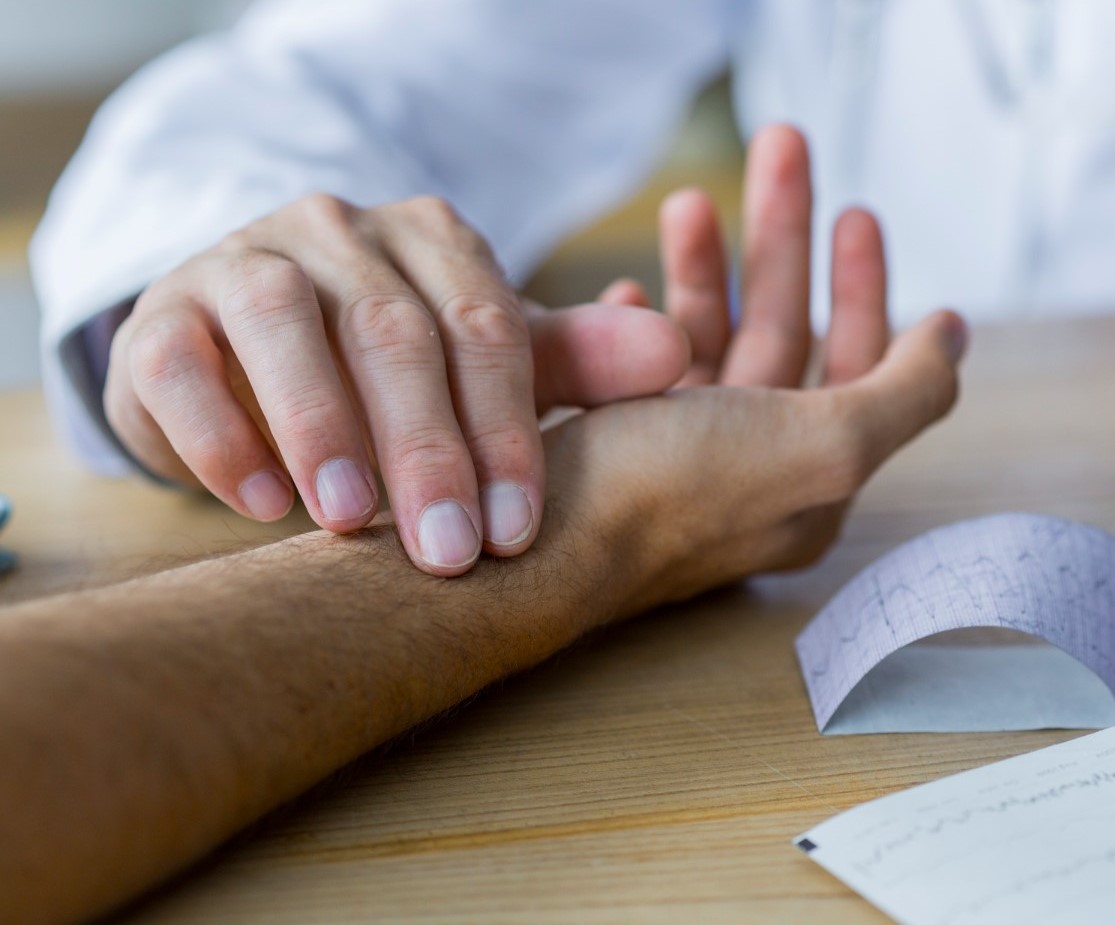Schedule An Appointment With Us
Are Your Symptoms Affecting Your Quality Of Life?
Consult our MOH-accredited orthopaedic surgeon for an accurate diagnosis & personalised treatment plan.
MBBS
MRCSEd
MMED (Ortho)
FRCSEd

A ganglion cyst is a benign, fluid-filled lump found near joints or tendons. Its appearance can resemble a water balloon on a stalk. These cysts are typically filled with a jelly-like substance and are most commonly observed on the dorsal or back side of the wrist.
While they can occur at any age, they are more prevalent in individuals between 20 and 40 years old and are more common in women than men. The exact cause of ganglion cysts remains unclear, but they are thought to arise from the joint capsule or tendon sheath, usually due to joint or tendon irritation or mechanical changes.
Ganglion cysts on the wrist are characterised by their visible appearance and location. Symptoms that accompany this may include:
The condition may not always exhibit symptoms, and in some cases, they may resolve spontaneously without treatment.
The exact cause of ganglion cysts on the wrist is not definitively known, but several factors are considered to contribute to their development.

Diagnosing a ganglion cyst on the wrist typically involves the following steps:
Non-surgical approaches are often the first line of treatment for a ganglion cyst on the wrist, particularly if the cyst is not causing pain or interference with activities.
Wrist Braces or Splints |
In cases where a ganglion cyst causes discomfort or affects wrist mobility, your orthopaedic specialist may recommend using a wrist brace or splint. This treatment aims to stabilise the wrist, limiting movement that could exacerbate the cyst. By immobilising the wrist, the brace or splint can help alleviate pain and potentially reduce the cyst’s size over time. |
Aspiration Procedure |
For cysts that are particularly bothersome or persistent, an aspiration procedure may be performed. This involves numbing the area around the cyst and then using a needle to drain the fluid from it. Aspiration can provide immediate relief from symptoms such as pain and pressure. This procedure does not remove the root of the cyst, and there is a possibility of recurrence. |
In cases where non-surgical treatments are ineffective or the ganglion cyst recurs frequently, surgical intervention may be considered.
This procedure involves the complete removal of the cyst along with part of the involved joint capsule or tendon sheath. It is usually performed under local or general anaesthesia. A small incision is made over the site of the cyst, the cyst is extracted, and the incision is closed with stitches. This method has a lower recurrence rate compared to aspiration.
Schedule An Appointment With Us
Consult our MOH-accredited orthopaedic surgeon for an accurate diagnosis & personalised treatment plan.
While it is challenging to prevent the formation of a ganglion cyst due to its unclear causes, certain strategies can reduce the risk or prevent exacerbation.

MBBS
MRCSEd
MMED (Ortho)
FRCSEd
With over 20 years of experience, Dr Poh Seng Yew is an orthopaedic surgeon specialising in hip, knee, shoulder and elbow surgery, sports medicine, and trauma surgery.




Weekdays: 9.00am – 5.00pm
Saturdays: 9.00am – 1.00pm
Sundays and Public Holidays: Closed
Please leave us a message, and we will be in touch with you shortly.
Ganglion cyst removal surgery is usually performed under local or general anaesthesia, minimising pain during the procedure. Post-surgery, some discomfort or pain is normal and can be managed with prescribed pain relief medications.
The quickest method for removing a ganglion cyst is often aspiration, where a needle is used to drain the fluid. The choice of treatment should be based on the cyst’s size, symptoms, and the individual’s overall health. Consult our ganglion cyst specialist for personalised advice.
If a ganglion cyst bursts, it typically leads to a rapid decrease in size and relief from any pain caused by pressure. The fluid gets absorbed into the surrounding tissues. There is a risk of inflammation or infection, and medical advice should be sought if this occurs.
A ganglion cyst should not be pressed or popped. Such actions can cause pain, and increase the risk of infection. If the cyst is bothersome, consult our ganglion cyst specialist for appropriate treatment options.
Complications are rare but can include persistent discomfort, reduced range of motion in the wrist, and potential recurrence after treatment. If you’re experiencing persistent symptoms, reach out to our ganglion cyst specialist today for a personalised treatment plan.